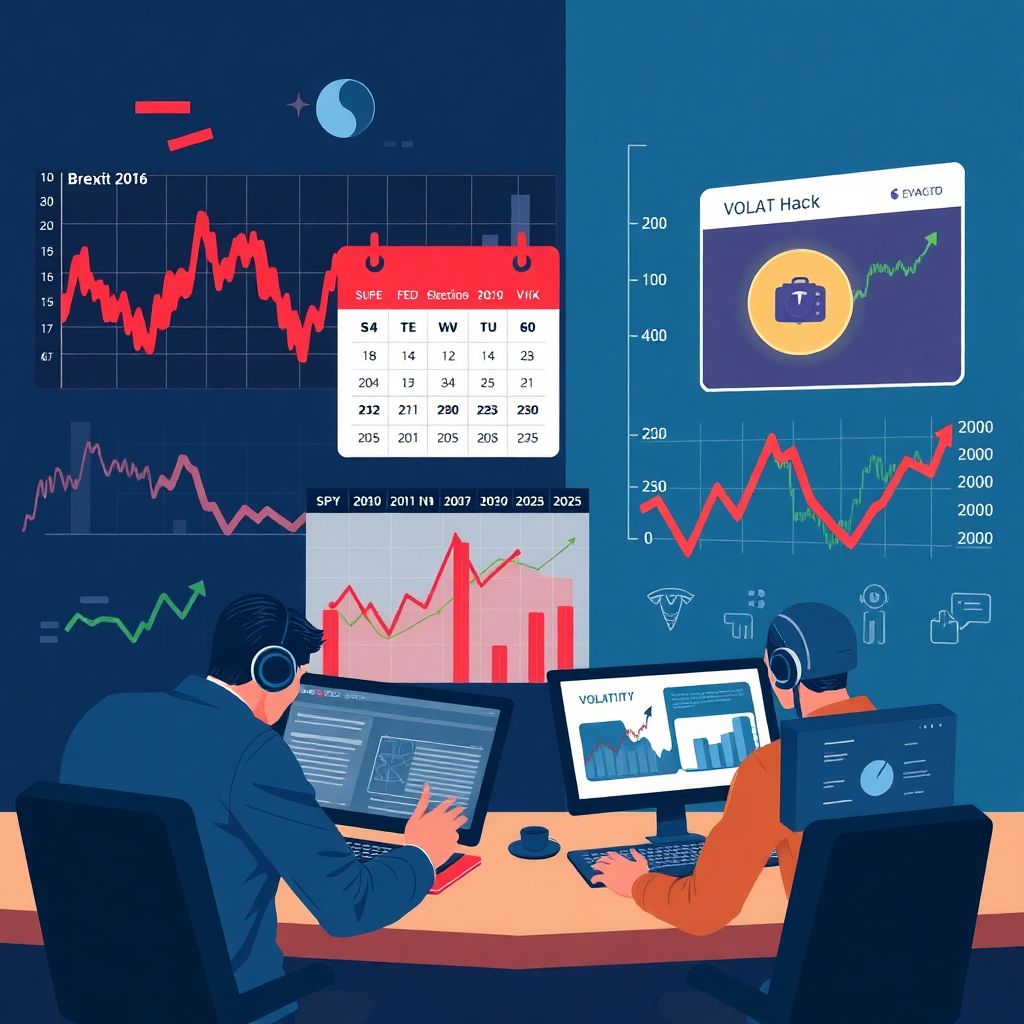Historical Background

Understanding volatility dynamics during event-driven months isn’t a new concept, but it’s gained significant traction in recent market cycles. Historically, periods around major geopolitical events, central bank decisions, and earnings seasons have shown spikes in implied and realized volatility. For example, the Brexit referendum in 2016 and the U.S. presidential elections in 2020 led to noticeable shifts in volatility instruments like VIX and VVIX. Traders and institutions began to treat these months as unique regimes rather than just statistical outliers—prompting the development of specialized strategies for hedging and speculation.
Core Principles of Volatility in Event-Driven Periods
At its core, volatility in event-driven months behaves differently than in standard market conditions. There are three main principles to keep in mind:
1. Anticipation Effect – Volatility often increases ahead of the event due to uncertainty.
2. Volatility Crush – Once the event passes, implied volatility tends to decline rapidly if outcomes are within expected ranges.
3. Asymmetry of Reaction – Markets may overreact or underreact depending on the surprise factor, making directionless strategies like straddles appealing.
These principles are particularly relevant in 2025, where AI-generated news cycles and rapid retail participation amplify the speed and magnitude of market responses.
Real-World Implementation Examples
Let’s break down how traders actually apply this knowledge. Suppose it’s March 2025, and the Federal Reserve is scheduled to announce a potential change in interest rates. A trader might:
1. Buy a short-dated straddle on SPY a week before the announcement to capture potential upside in volatility.
2. Hedge with a VIX call option if implied volatility is still relatively low.
3. Exit positions immediately post-announcement, anticipating a volatility crush.
Another example is during earnings season. Options traders often look at implied volatility ranks for stocks like Tesla or Nvidia. If implied volatility is significantly above the mean, they might sell premium through iron condors, expecting volatility to revert post-earnings.
Common Misconceptions
One of the biggest myths is that volatility always spikes during event-driven months. In reality, the market often “prices in” the event well in advance, leading to subdued reactions. Another misconception is that all events are created equal. A scheduled Fed meeting is not the same as an unexpected geopolitical conflict. Overestimating the impact of minor events leads to overtrading and poor risk-adjusted returns.
Also, many believe that volatility strategies are only for advanced traders. In fact, with the rise of retail-friendly platforms and micro options in 2025, even individual investors can engage in basic volatility plays with controlled risk.
Where This Is Heading: The 2025 Outlook

Looking ahead, the dynamics of volatility in event-driven months are becoming more nuanced. With machine learning models now predicting market reactions to events with increasing accuracy, we’re seeing a shift toward more sophisticated, real-time volatility forecasting tools. Also, decentralized finance (DeFi) platforms are beginning to offer volatility derivatives, broadening access and increasing liquidity.
In 2025 and beyond, expect greater integration of AI in volatility modeling, as well as customized volatility products tailored to specific events—think “Fed Day” options or “Election Cycle” volatility indices. The key for traders will be to adapt quickly and remain skeptical of old rules in a rapidly evolving market landscape.

